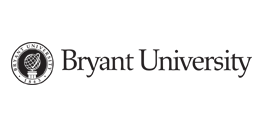Document Type
Article
Keywords
SoTL; scholarship of teaching and learning
Publisher
Society for Science and Education
Publication Source
Archives of Business Research
Rights Management
Copyright © Society for Science and Education, United Kingdom
Abstract
In the last decade mathematics departments in many universities around the country have established actuarial!science as a major concentration, or area of study. The profitable career choice of becoming an actuary has become well-known to parents and high school students, who are interested in mathematics, which at least partially drives a school to develop a program. Not all schools house the actuarial major in a mathematics department, but the number of universities, offering actuarial courses, has grown significantly in the last few years. At this time there are approximately 160 universities in the US alone offering this course of study? (Society of Actuaries, 2016). Bryant University was one of the first schools in the country to start an undergraduate actuarial program in 1982. The program has grown from its first graduating class in 1986 of 5 students total current total student enrollment of 170(164 majors, 4 minors and 2 concentrators). This major represents 29% of all students in the College of Arts and Science students and approximately 5% of all undergraduate students currently at the University. A detailed description of how the Bryant University program was initiated and developed over the years can be found in a previous paper by Kennedy and Schumacher(2014). All university programs must frequently examine the actuarial coursework required for completion of a degree within the field.
The two leading actuarial organizations in the US are the Society of Actuaries (SOA) and the Casualty Actuarial Society (CAS). These two organizations develop and administer the actuarial professional exams, and all university programs must keep the curriculum up to date to conform to the ever-changing requirements for the SOA/CAS. This paper highlights some of the most recent changes implemented by the Bryant University program and how the results of these changes have helped our students continue on a path to success.



